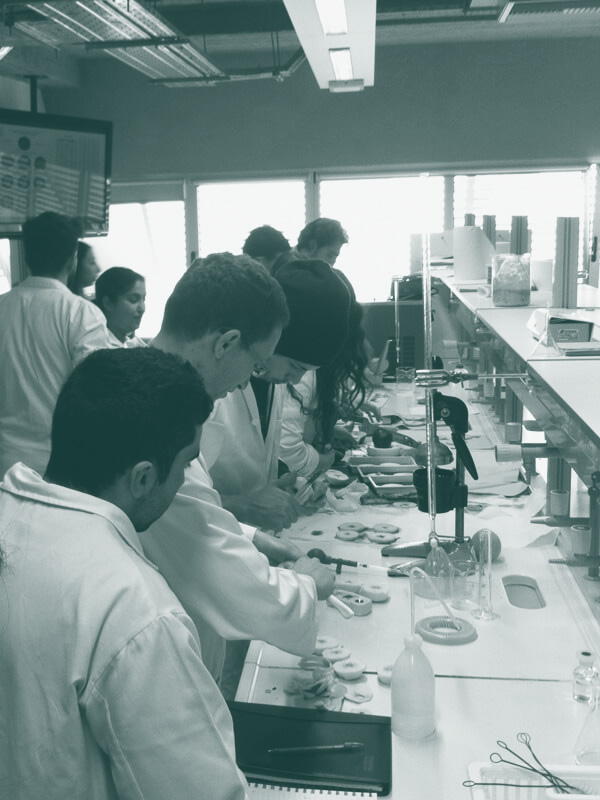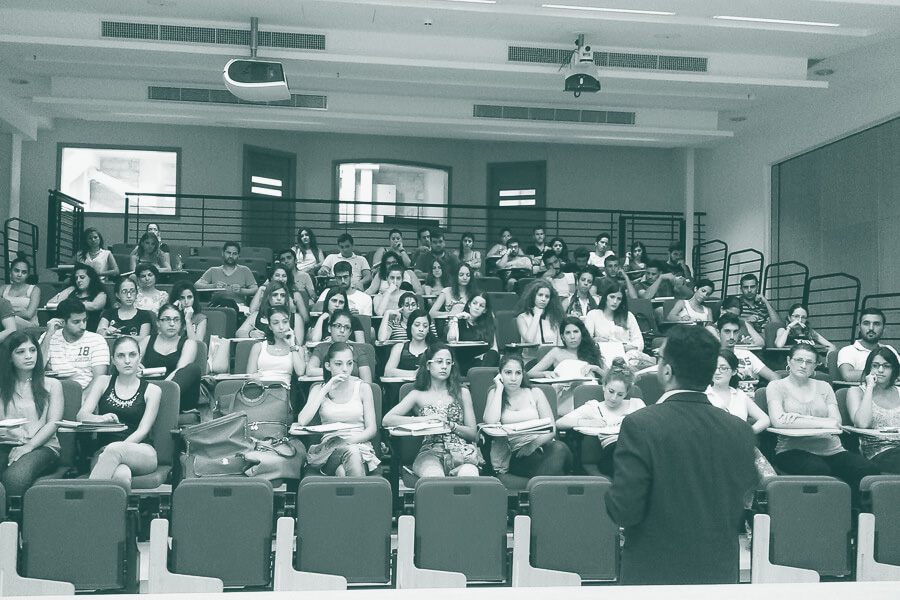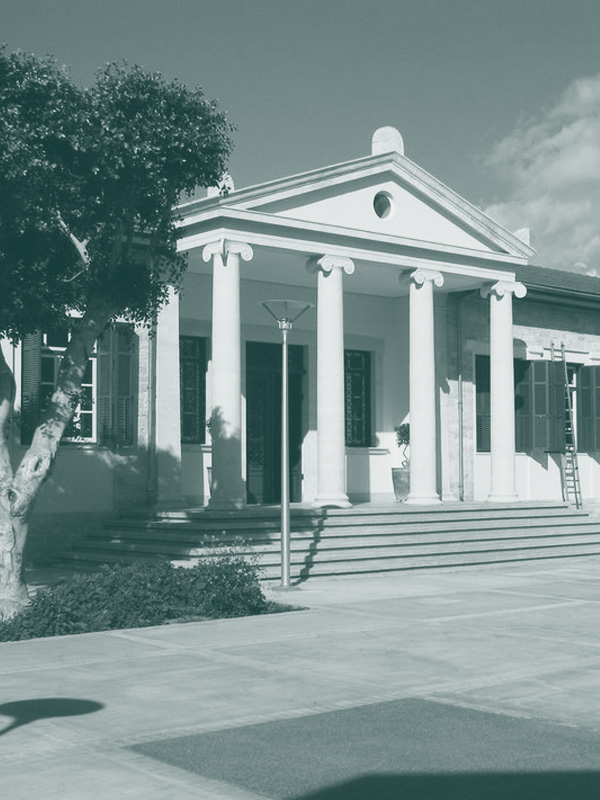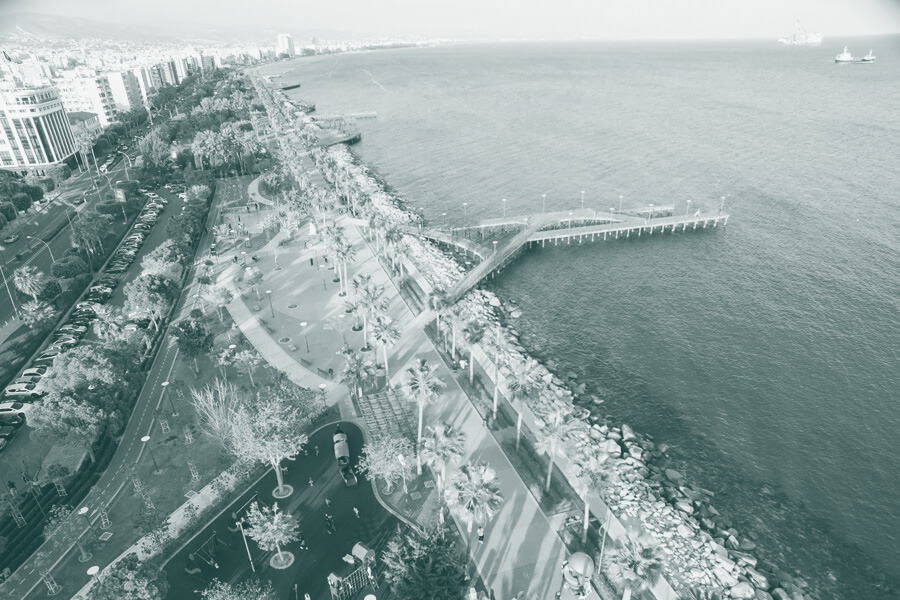
COST FA1104
(Training School)
FA1104 Training School: Qualitative, physicochemical and phytochemical indicators of cherry fruit
At a glance:
- Dates: June 2-4, 2015
- Venue: Cyprus University of Technology, Lemesos
- Coordinator: George Manganaris [Cyprus]
- Instructors: Francisco Tomas-Barberan [Spain], Maria-Isabel Gil [Spain], Athina Lazaridou [Greece], Vlasios Goulas [Cyprus], George Manganaris [Cyprus]
- Trainees: 15 persons
- Application procedure: Submission through email [george.manganaris@cut.ac.cy] of the following documents: (1) intent of interest, (2) recommendation letter, (3) short curriculum vitae
- Deadline for application: March 9
- Announcement of eligible trainees: March 16
- Trainee grant: The financial support is a fixed contribution of up to 700€ to cover accommodation cost, travel expenses and registration fees. Trainee grants do not necessarily cover all expenses related to attending the training school and different grants amount can be attributed to each trainee.
- Registration fees [130€] will be paid on-site and includes printing material of the courses, gala dinner, lunches and coffee breaks on a daily basis.






